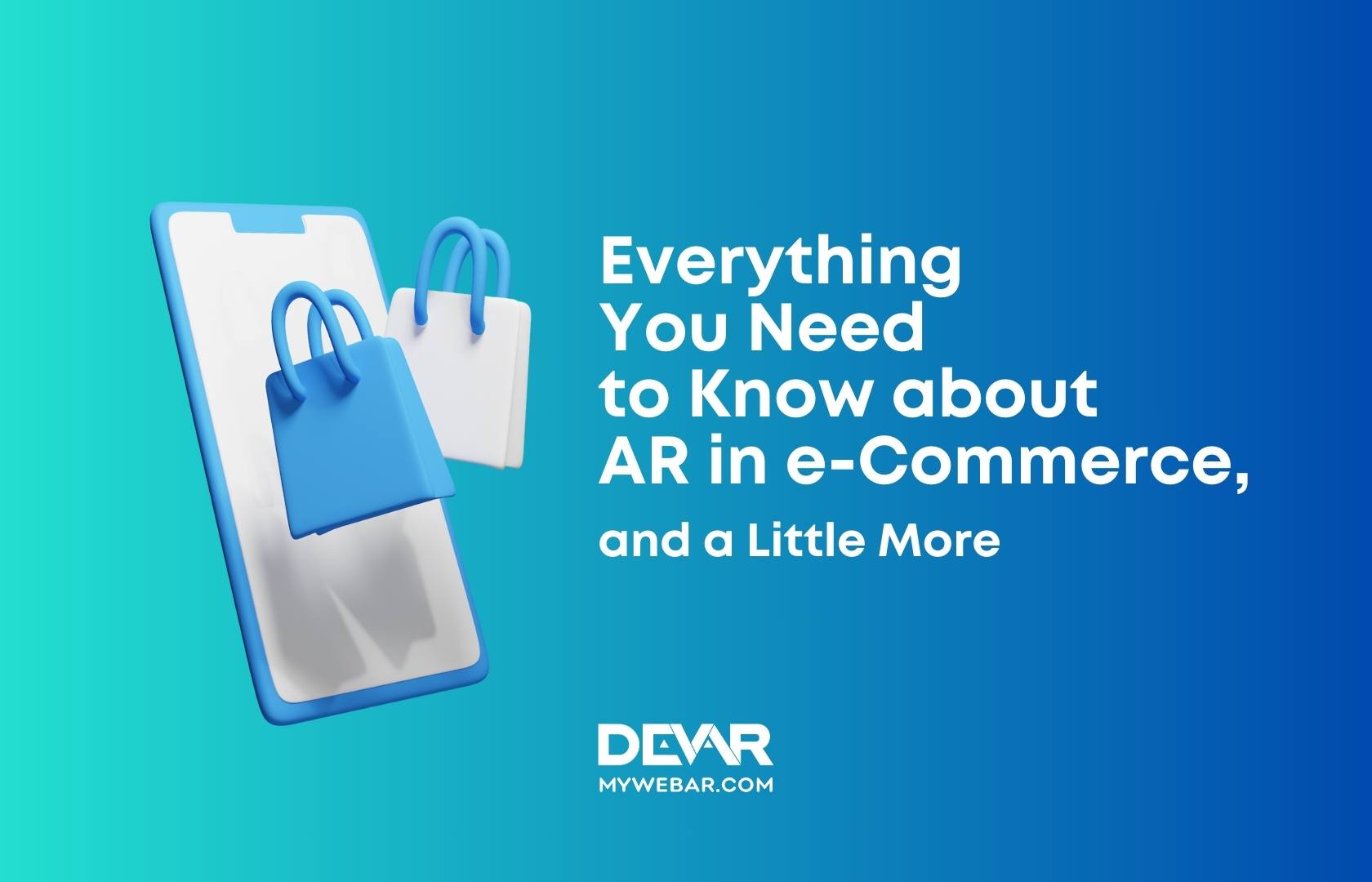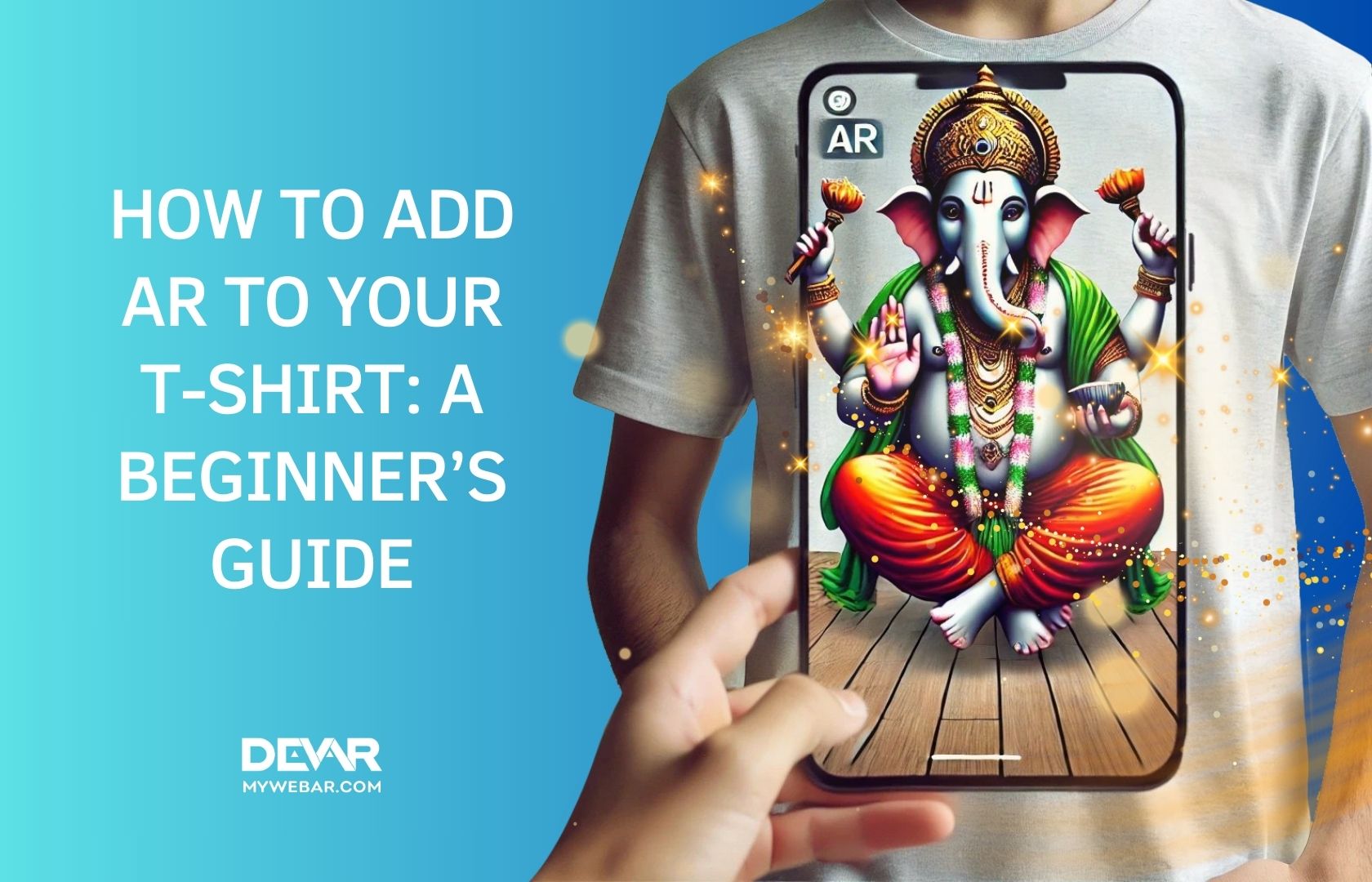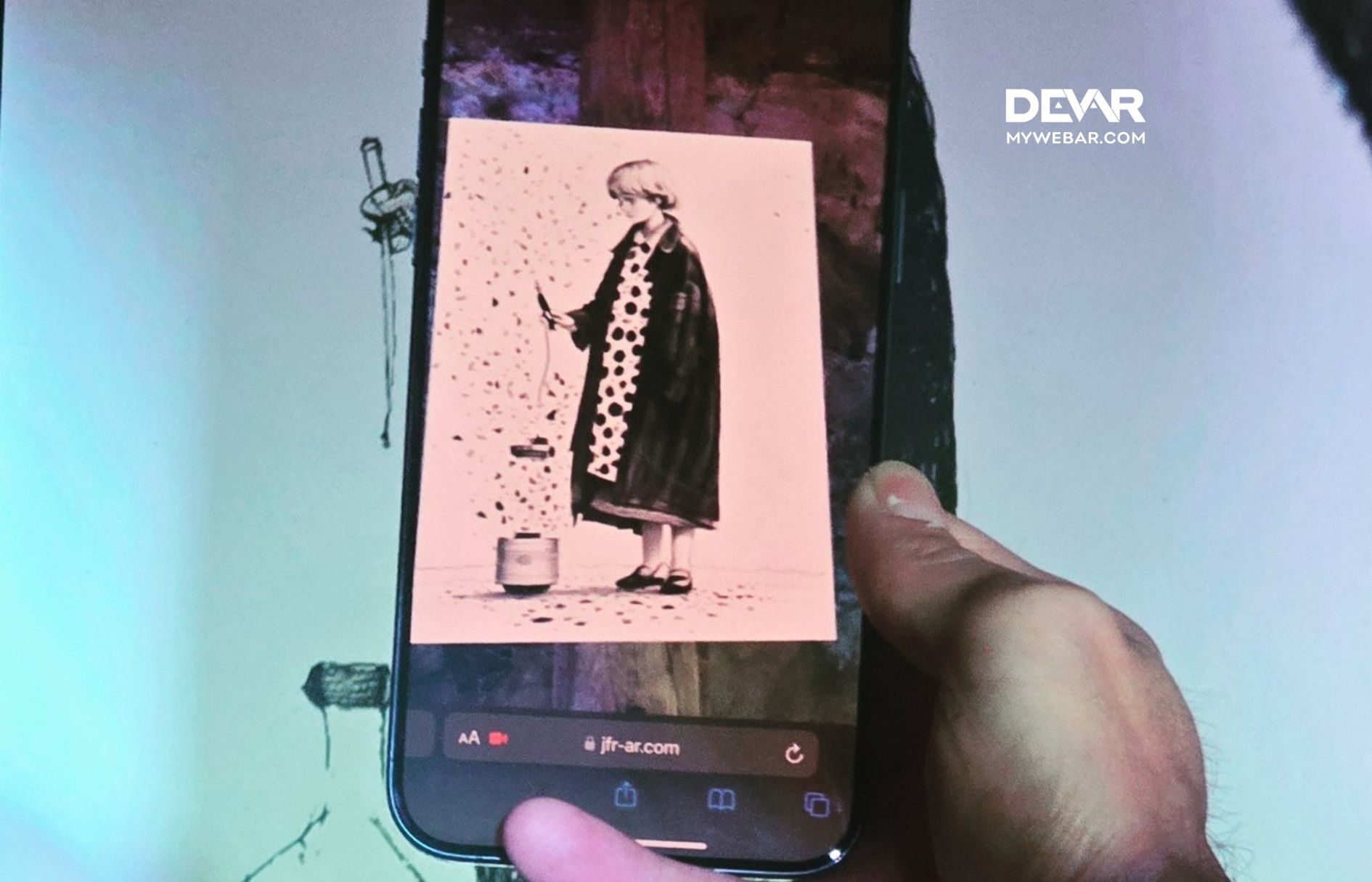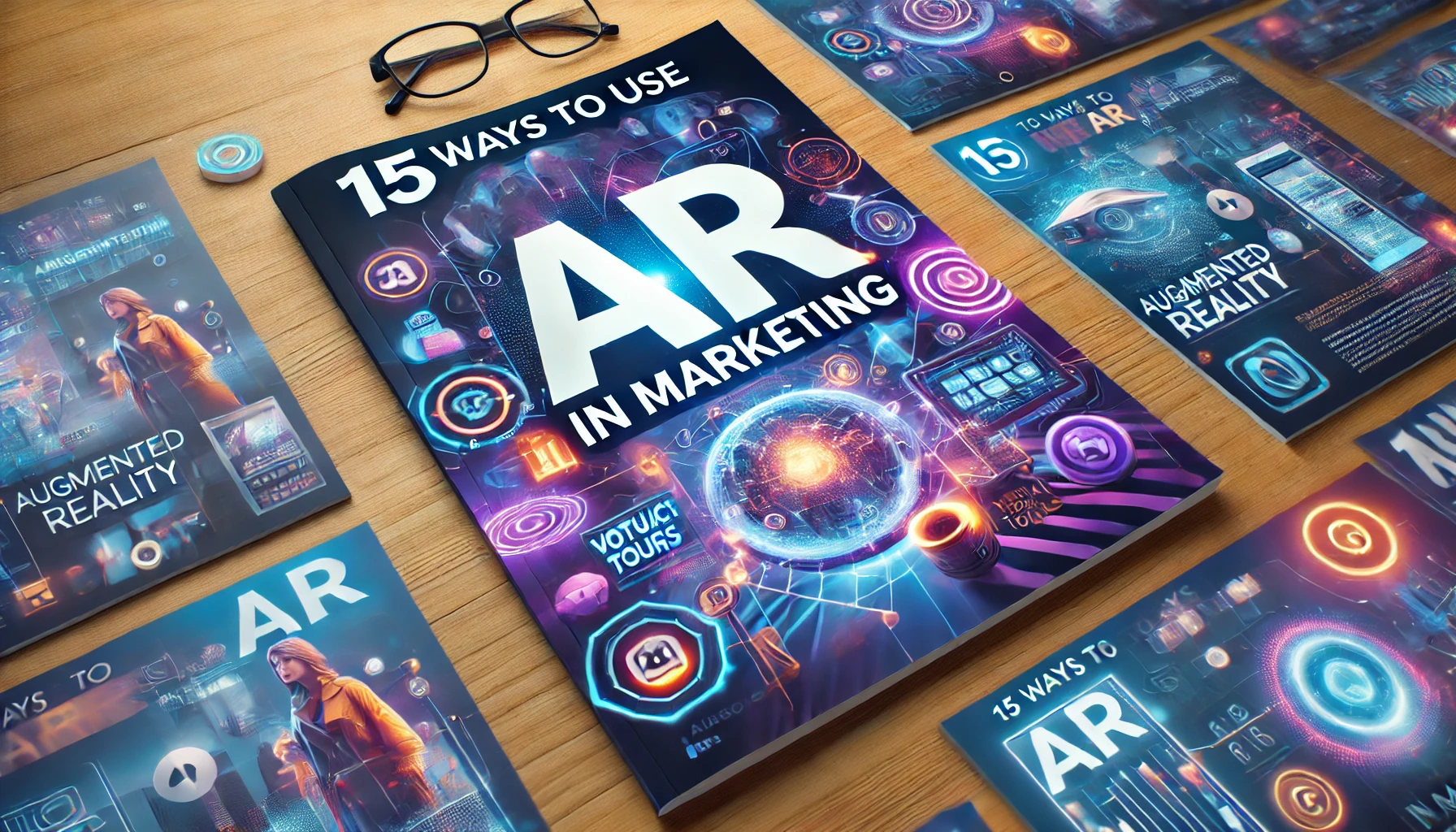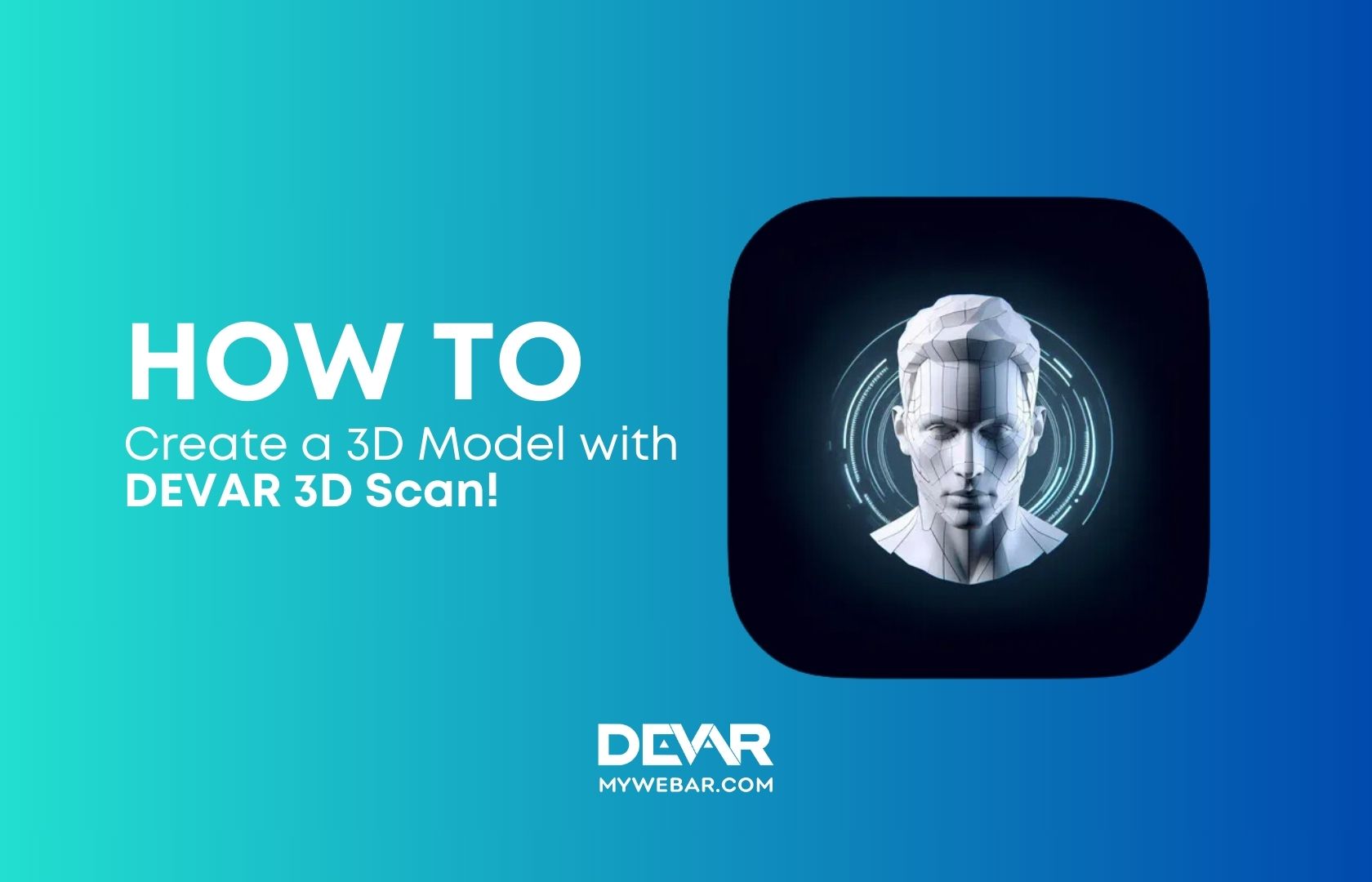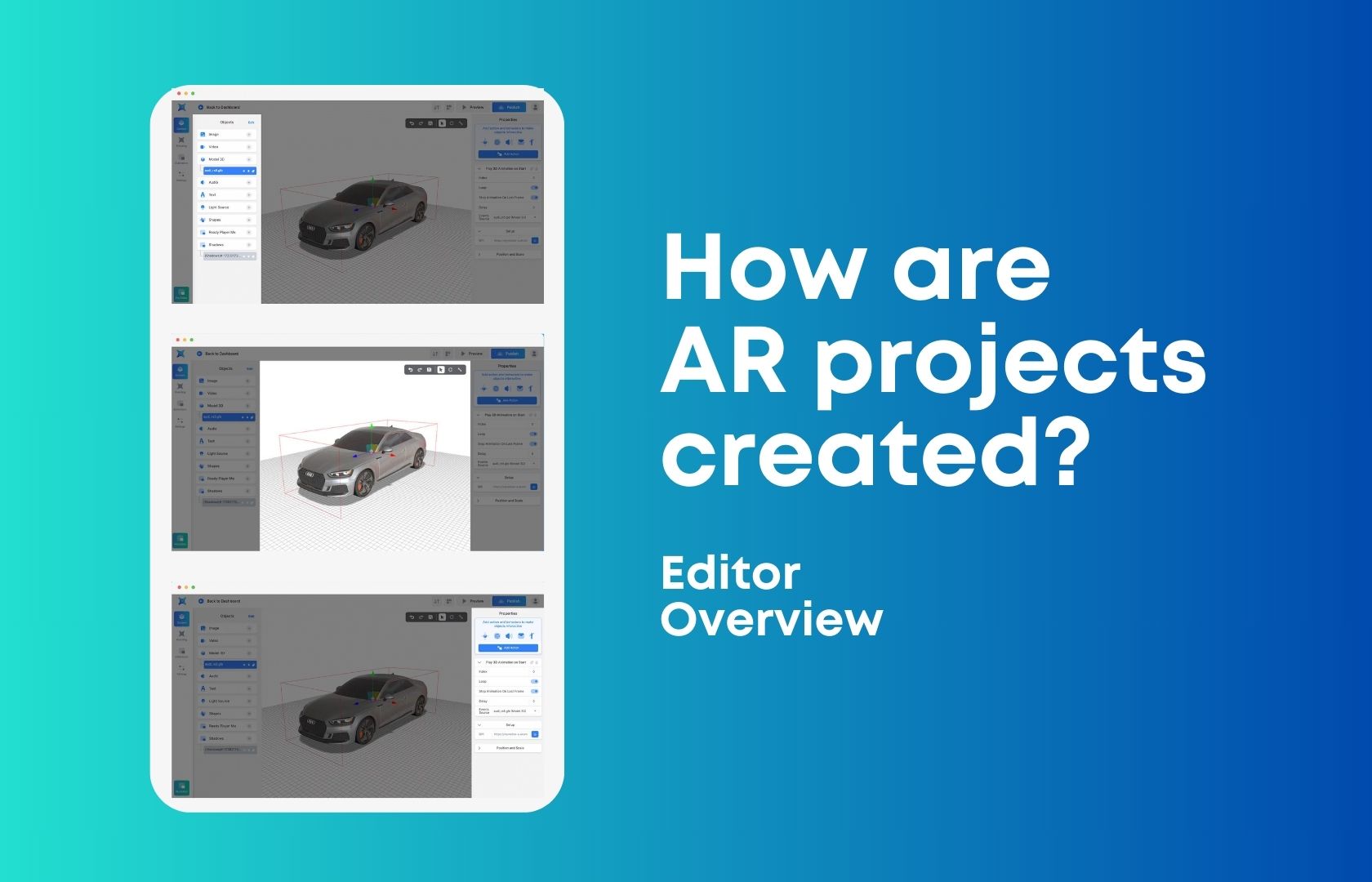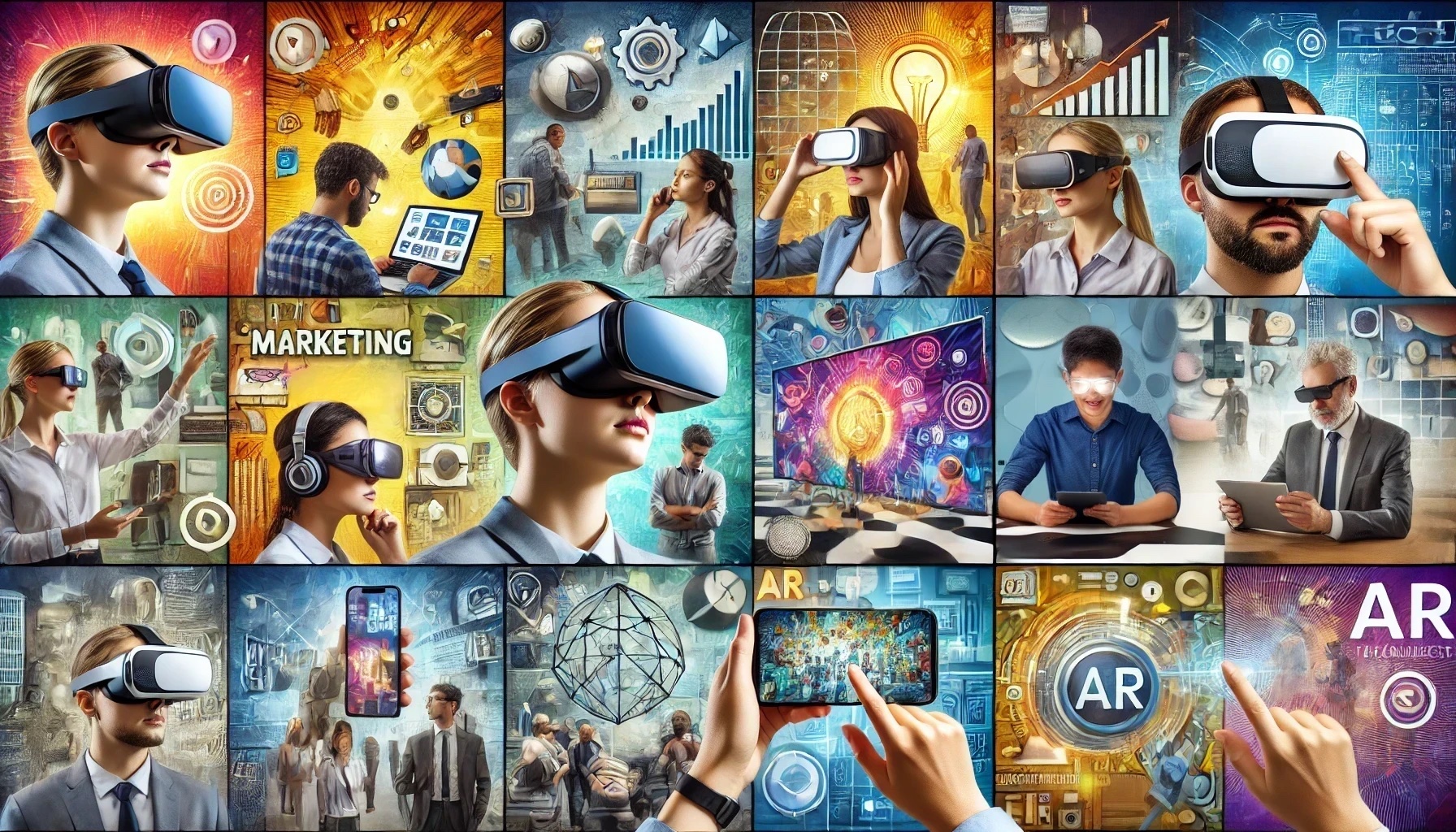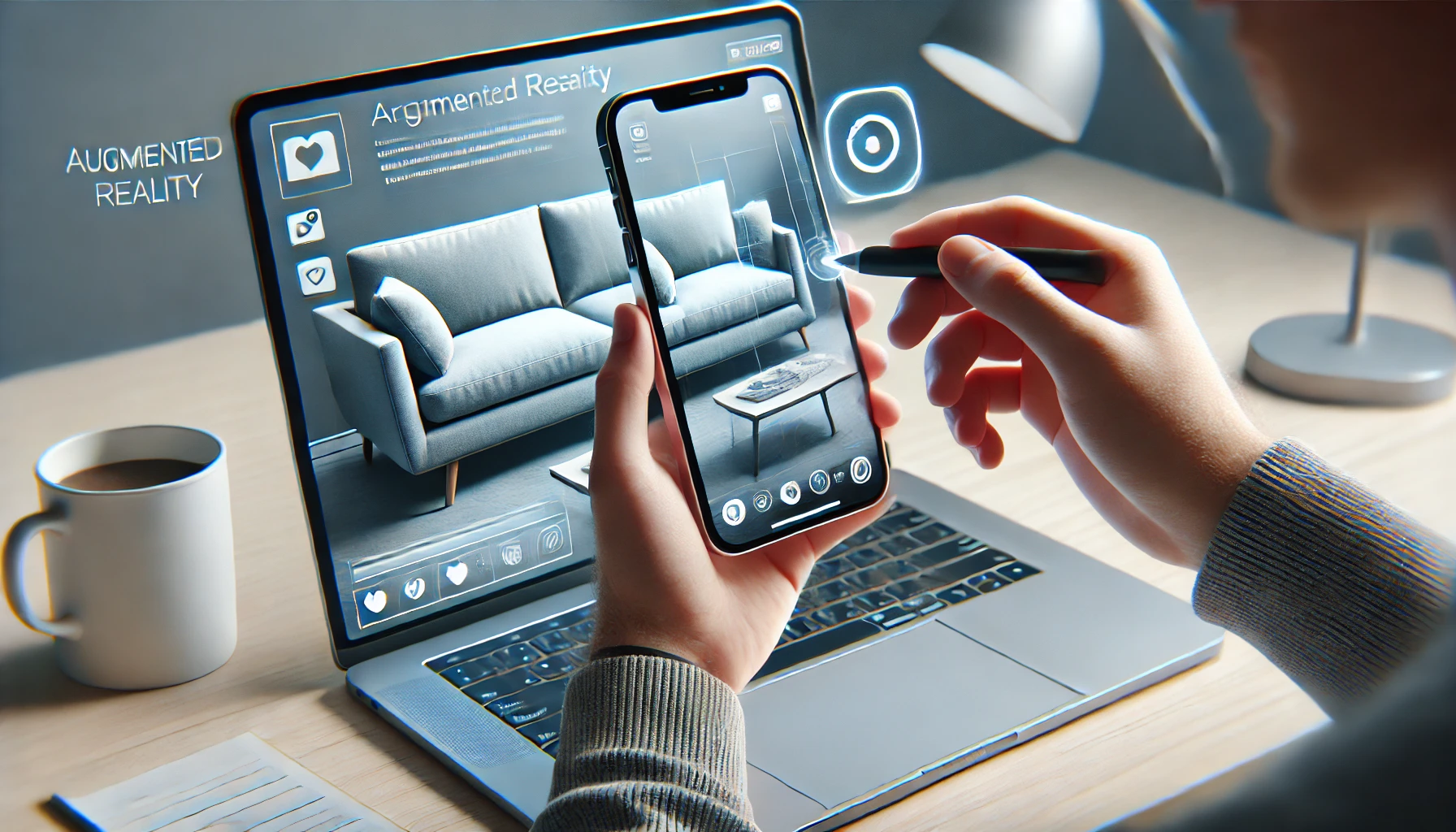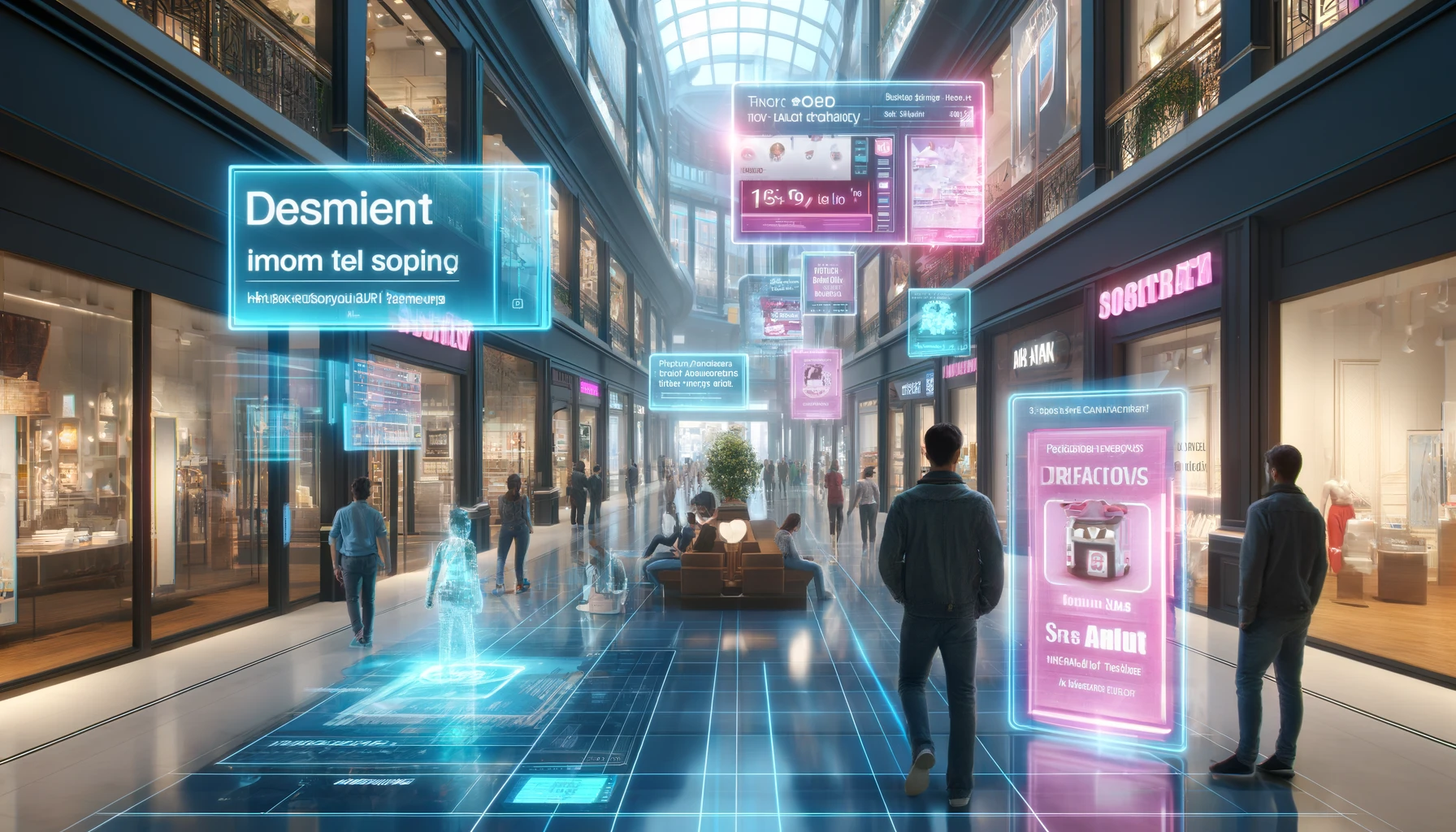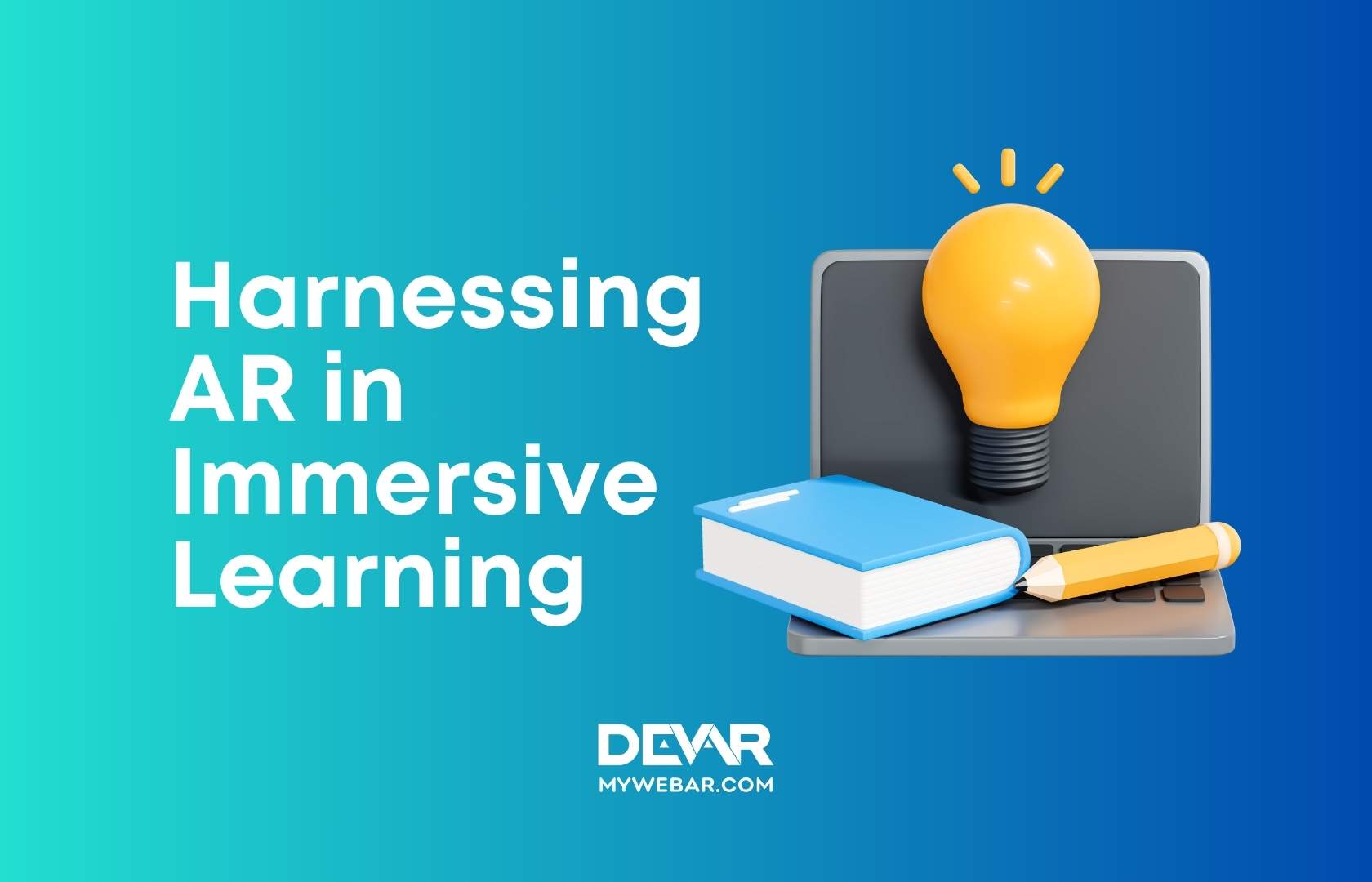Before you is the personal story of Sean Cooper, the creative director of a well-known marketing agency, the name of which, for understandable reasons, we cannot disclose.
In this article, he shares his thoughts, ideas, and research on the use of augmented reality (AR) in e-Commerce. He discusses the areas, possibilities, and advantages of applying this technology and provides interesting examples and information.
What it all started with…
When I was asked to talk about AR in e-Commerce, I was a bit taken aback. Not because I have nothing to say about it. On the contrary.
However, the thing is that the use of augmented reality in sales and business is simply an untapped field of possibilities and paths that almost no one is currently using.
And should I lay all my cards on the table right away? Well, I don’t know…
To be honest, I thought about it for quite a while. And then I realized that understanding the possibilities that AR can offer us in commerce will only make this technology more valuable and attractive to potential customers. After all, it’s hard to engage in a game when you don’t know the rules. But when you have a rough idea of what’s what, playing becomes more interesting.
So I decided to send my inner Scrooge, greedily hoarding all my secrets, ideas, and observations, on vacation and share them with you.
AR in e-Commerce: An Overview
The implementation of augmented reality in the field of e-Commerce has proven to be a potent solution for bridging the gap between traditional in-store shopping and the digital retail landscape. This technology allows customers to virtually interact with products, replicating an in-store experience from the comfort of their own homes.
Why is this important? On one hand, browsing online stores enables people to save time that they can spend on themselves, their loved ones, or their work. On the other hand, it gives them more time to carefully examine offers, reviews, compare, and assess the quality of the product from all angles.
However, traditional shopping still appears more tangible to many. It is the use of AR in e-Commerce that helps to diminish this difference. It makes online shopping not only comprehensive but also more engaging, visual, and informative.
As a result, a transformative shift has occurred in the eCommerce sector, ushering in a new era of possibilities and potential for businesses operating online.
The impact of AR technology has been profound. It has been revolutionizing the way customers browse and purchase a diverse array of products, ranging from fashion to home decor. Through AR, shoppers are empowered to visualize how products would fit into their living spaces or enhance their personal style, fostering a more engaging and tailored shopping journey.
This heightened level of interactivity and personalization not only enhances the overall shopping experience but also cultivates a deeper sense of connection between consumers and the brands they engage with.
Think it’s just words? Well, experts beg to differ!
AR in e-Commerce: the Unstoppable Force
The truth is that the statistics of users who prefer to make online purchases are increasing every year. This is an undeniable fact. Along with this, the demand for augmented reality is also growing.
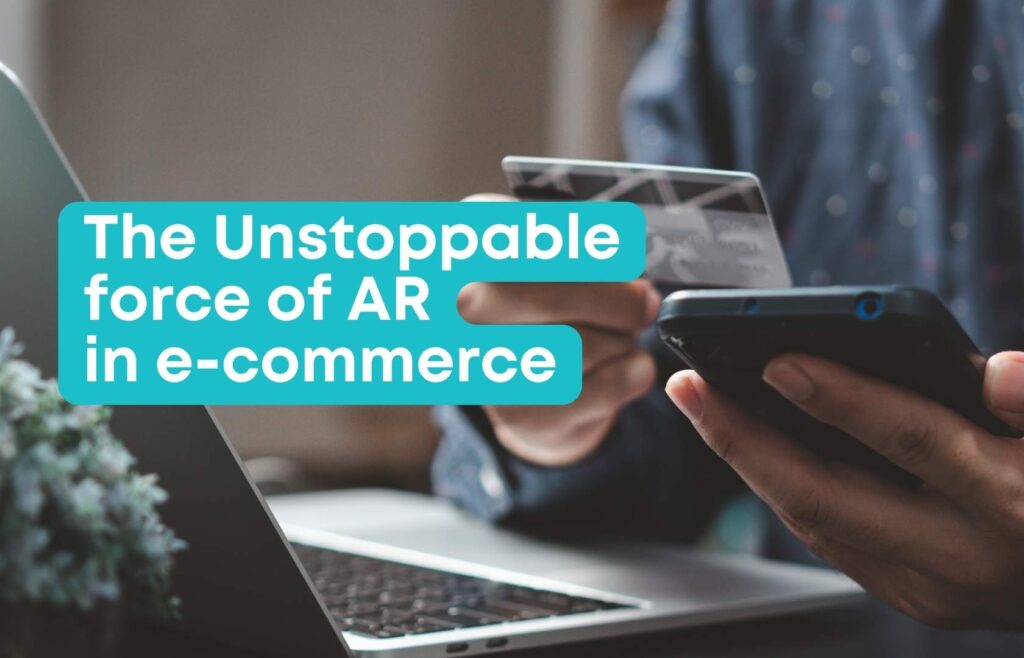
According to a Gartner Press Release, consumers are so excited about using AR in e-commerce that today, there are more than 100 million consumers shopping with AR online and in stores! It is expected that by 2025, nearly all smartphone users worldwide, roughly 75% of the global population, will regularly use AR.
Fascinating, isn’t it?
And here’s another cool fact for you: according to data from the e-commerce company Shopify, interactions with products featuring AR content showed a 94% higher conversion rate than products without AR.
Our world is constantly and relentlessly changing. I have already discussed this in my previous article about the future we are not prepared for. And young shoppers, such as representatives of Generation Z, are already ahead of us in many aspects.
For instance, they are ready to lead the widespread adoption of AR technology in all areas of their lives, including for making purchases. A whopping 92% of Generation Z representatives assert this!
So, if you think that your potential customers know nothing about AR, or if you doubt that the implementation of this technology will be widely demanded ― just tell that to the 76% of people who are eagerly looking to use AR as a practical and useful tool in their daily lives.
Don’t be afraid to use AR. Especially if you are waiting for this technology to become highly demanded. Because it is already in demand. And the expectations of your potential customers are growing every year (if not every month). So, there is a high probability that you need to not wait for their interest but already catch up with it with all your might.
I believe that this is a very important and rapidly evolving phase in the development of e-commerce. If you plan to stay relevant and competitive, you need to thoroughly evaluate the possibilities of using AR in your wor
The Most Popular Ideas for AR in e-Commerce
AR opens up new opportunities for e-Commerce, improving consumer interactions, increasing conversion rates, and helping brands stand out in the market. It is truly a force that has the potential to reshape the landscape of online commerce.
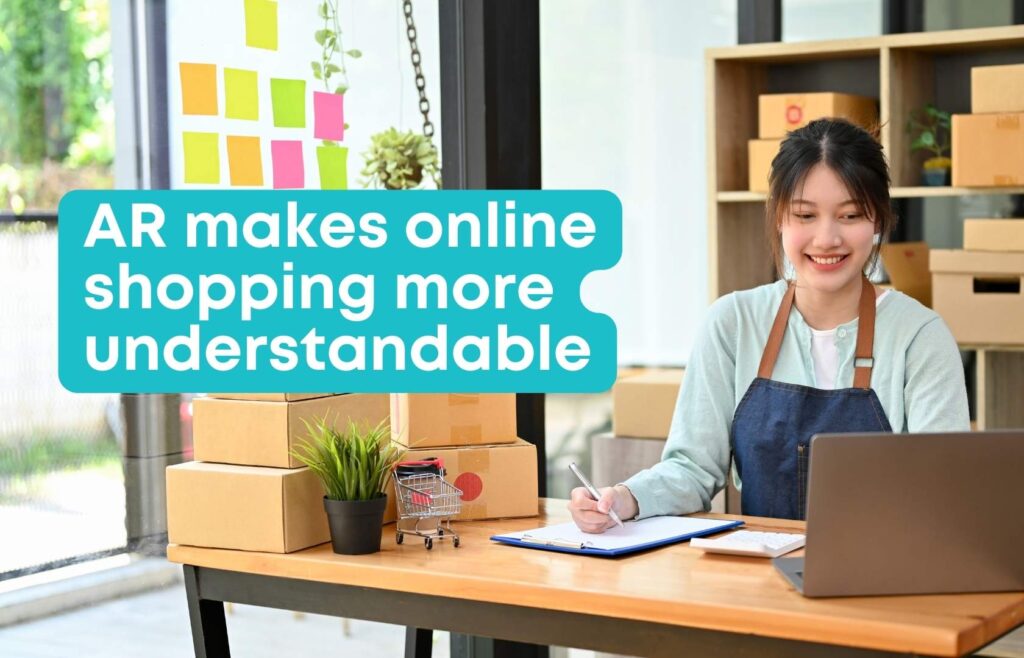
Here are some ways in which AR can transform e-Commerce:
- Virtual Product Try-On: AR allows potential customers to “try-on” products such as clothing, shoes, eyewear, or accessories right on their devices, whether it’s a smartphone or a tablet. This helps reduce returns due to size or style mismatch.
- Interactive Product Catalogs: Using AR to create interactive product catalogs makes shopping more engaging and convenient for consumers. For example, customers can see how a specific piece of furniture will look in their space before making a purchase.
- Educational and Informational Materials: AR can be used to create instructional or informational materials about products, such as showing assembly instructions for furniture or demonstrating how to use a piece of equipment.
- Consumer Engagement: Creating interactive AR campaigns, quizzes, or games around products can attract consumer attention and participation, leading to increased brand loyalty.
- Enhanced Advertising and Marketing: Incorporating AR into advertising campaigns can make them more visually appealing and memorable for the target audience.
- Reducing Purchase Uncertainty: AR can help consumers make more informed decisions by allowing them to see how a product will look or function in the real world.
Now let’s look at some of the most interesting cases from various fields of applying AR in e-Commerce.
ASOS and “See My Fit” Feature
In May 2020, ASOS, an online fashion retailer, launched a groundbreaking feature called “See My Fit”. This tool allows customers to visualize over 500 products weekly on six diverse real-life models, providing a virtual representation of how the clothing item would look on various body types.
The advanced technology behind “See My Fit” uses digital mapping to accurately superimpose each product onto the model, taking into account factors like size, cut, and fit. This enables a quite precise virtual fitting experience for customers.
As a result, customers benefit from previewing how a garment would appear on a body shape similar to their own, enhancing the authenticity and interactivity of the product presentation. This integration of online and in-store shopping experiences gives customers a clearer understanding of the item’s fit, leading to more informed purchasing decisions and a reduction in returns.
This personalized approach not only boosts customer satisfaction but also establishes a new standard for incorporating augmented reality in e-Commerce, enhancing the overall shopping journey for users.
Amazon AR View and IKEA Place
There is nothing surprising in the fact that a giant like Amazon is decisively integrating AR into its sales. With Amazon AR View, this popular e-Commerce platform has adapted its product catalog in a way that allows users not only to view the items offered but also to project them in real-time in their homes or any other location, as long as they have internet access, of course.
It works quite simply: you select a desired item from the catalog, such as a chair. Then click on the camera button on the top right-hand corner of your Amazon app and try out how that chair fits into your living room decor. This significantly simplifies the online shopping process and gives buyers a sense of confidence in their choices.
Of course, IKEA has also joined the trend. With the aim of enhancing the shopping experience for meticulous customers who carefully measure every detail, IKEA offers the convenience of shopping for furniture using augmented reality through its mobile application.
This feature allows users to virtually place and visualize furniture pieces in their own living spaces, providing a realistic preview of how the items will look and fit before making a purchase.
By leveraging AR technology, IKEA revolutionizes the traditional furniture shopping process, offering a convenient and interactive way for customers to explore and select items without leaving the comfort of their homes.
Walmart Virtual Try-On
Of course, the concept of virtual try-on is not new. We have already discussed ASOS. However, Walmart is taking this feature to a whole new level. Unlike other platforms, Walmart utilizes 3D data and advanced algorithms to create a digital replica of eyeglass frames, providing a more realistic Virtual Try-On (VTO) experience.
Moreover, it’s not just about trying on over 750 trend-focused eyewear virtually, but also the ability to select the lenses that are just right for you. The option to measure your pupillary distance using a scanner, along with continuous support from qualified opticians ready to answer any customer questions throughout the try-on process.
To top it all off, after receiving your online order, you can visit a local Walmart Vision Center and fine-tune everything with an optician. Isn’t this the perfect product case?
Virtual Makeup Try-On
Think virtual makeup try-on is just a fun distraction? Think again! Brands like Estee Lauder, Benefit Cosmetics, NARS Cosmetics, MAC, and more have all seen success with virtual makeup solutions. However, not only them, but also any small and mid-sized beauty e-Commerce brands can easily create their own try-on experience.
According to statistics, the ability to try on makeup online not only increases the average order value by 40%, but also leads to a 2.5 times increase in conversion rates! Additionally, the return percentage significantly decreases.
Isn’t that wonderful?
Giants vs Local Brands
Yes, above I provided quite common examples, known worldwide. And if you thought that since we’re talking about market giants and you occupy a slightly more modest position, then AR is not for you – you are mistaken.
Great example is the Turkish company Hepsiburada, which offers its customers a wide range of products and also has no hesitation in using augmented reality technology.
Firstly, this immediately positions the company as a leader in its market, and secondly – why not? Think about it, because once smartphones also seemed like unique gadgets not for everyone. And what is happening now? Indeed, these smartphones are owned by more than half of humanity! More than half of the world’s population.
In a way, this is even a bit scary. And of course, it’s inspiring.
Or take, for example, card payments. Is this service only offered by large and well-known stores or restaurants? No! It has become as commonplace as QR codes, which bewildered us just five to ten years ago. By the way, I also have a great article on that.
This is all leading to?
It leads to the fact that in another five, ten, fifteen years, augmented reality will penetrate so deeply into our daily lives that we may even forget what the world looked like without AR.
Because AR will become an integral part of our lives and our world. So, don’t think that you are too small or too unknown to use this technology. Prepare for the future in advance. Because it is inevitable and inexorably approaching.

Right now. In this very second. Step by step, getting closer directly to you.
Can you feel it?
Don’t turn away. Look the future straight in the eye. And boldly embrace the changes.
Apple Vision Pro and Trends of the Near Future
Interest in Apple Vision Pro, the first spatial computer, is steadily growing every day. It seamlessly blends digital content with your physical space using revolutionary technology. And it is truly very unusual, convenient, and futuristic.
Although it may be hard to believe now, I am confident that this gadget will soon become a part of our everyday life. This means that advertising, marketing campaigns, and online marketplaces must be prepared for their content to be viewed, formatted, and ordered using this gadget.
With the emergence of smartphones and tablets, website design had to adapt to them. Now, with the introduction of gadgets like Apple Vision Pro, we will have to be more creative and inventive.
It is precisely in the implementation of AR in e-Commerce where it will be particularly relevant. Even just adding a simple AR experience to your website, such as the ability to view products in augmented reality, will not only be a huge step in supporting modern trends but will also help you prepare for the future.
By the way, do not be afraid of new technologies. Because every day, using and implementing them becomes easier and easier.
Easier than It Seems
Many of my acquaintances and clients still seem to be confused about the misconception that creating an augmented reality experience requires hiring a huge team of developers. In reality, there are many more tools available than initially thought, and anyone can work with them, even without special education or skills.

For instance, you can use a 3D scanner to scan a real object and within just a few minutes, obtain a ready 3D model that you can use for your purposes. For example, to create AR content using a no-code platform like DEVAR (MyWebAR) with just a few clicks.
You can take it a step further and utilize the AI bot MyWebAR, which can assemble a ready AR project for you in less than 30 seconds.
With the help of AI, you can also generate 3D models, customize their textures, and immediately incorporate them into any projects. It sounds fantastic, doesn’t it?
But what truly sounds magical is the news that in the very near future, AI will allow creating AR directly through the brain. Personally, I get goosebumps just thinking about it. It feels like stepping into some cool futuristic world, almost like a setting for a great movie.
By the way, if you’re unsure where to start, AI can once again come to your aid and spark a cool idea for you. You can use DALL-E 3 for instant concepts and ideas for business. It’s indeed a very convenient and inspiring tool for finding creativity..
…and what it all came to.
“Hey, Sean, where are the ideas?” ― you might ask.
“They are right around you,” ― I will answer you.
The truth is, any sphere of e-Commerce can integrate AR into its business. And it will only benefit from it if done correctly.
You can do absolutely everything. Bring your catalog to life, show users their future products or let them try them on. If your products come with instructions, make them interactive. And if your sales are related to places or locations, take your customers on a tour.
In short, do everything to ensure that users are completely confident in their choices. And then everything will work out as it should.
I just ask you, do not use AR just for the sake of AR. Care for your customers. Think about their convenience and how to make the purchasing process more accessible, understandable, and enjoyable.
By adopting this approach, you can expect several benefits. Firstly, you will experience a pleasant increase in your sales. Secondly, you will see a reduction in return rates, which can lead to cost savings and improved customer satisfaction. Lastly, you will reach a completely new level of interaction with your customers, fostering stronger relationships and building brand loyalty.
Think beyond the usual boundaries. Step out of them. Remember the future.
Sincerely yours, Sean Cooper
